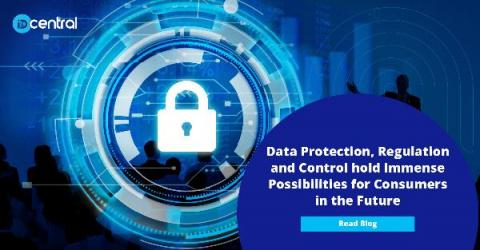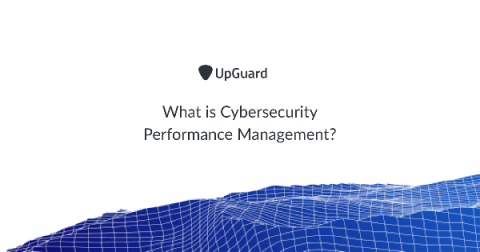Announcing the latest version of Security Monitoring for Splunk App
It’s been a while since I have had the pleasure of announcing a new version of Security Monitoring (September 2018), but today I am doing just that. There is nothing better to inspire spending your evenings coding and playing with Splunk than your partner watching shows that just don’t interest you! For my UK friends, yes ‘Love Island’ is that show and for my more international friends "look it up!". So, what updates did I bring?










